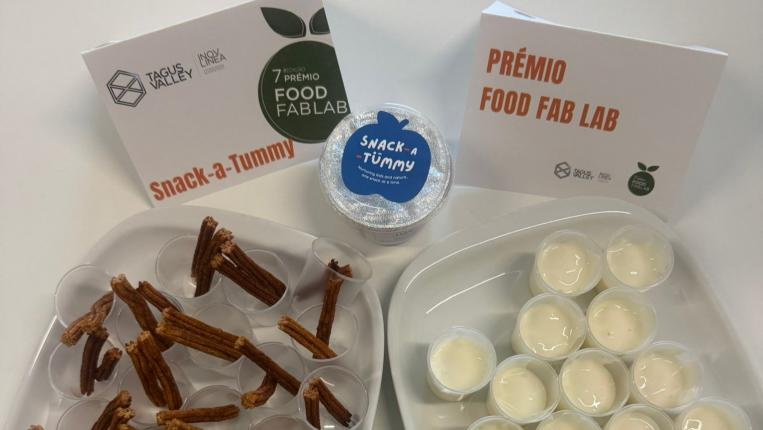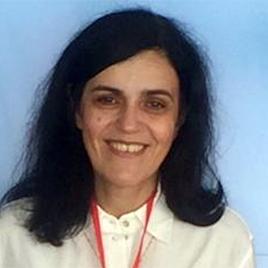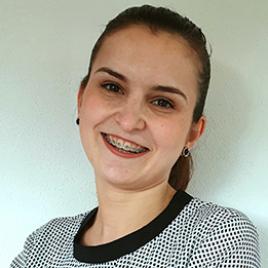Objectives and competences
Understand the relative motion of a particle in a fluid. Understand the concepts of drag force and terminal velocity.
Calculate the terminal velocity under free and hindered fall.
Understand the design equations for fluid-particle separation systems equipment.
Design separation equipment for biphasic systems: elutriators, filters, centrifuges, cyclones and thickeners.
Evaluate the possibility of using a given piece of equipment to separate a two-phase system.
Select the most suitable equipment to achieve the most appropriate separation for a fluid-particle system.
Use several pilot scale equipment: filter, centrifuge, sedimentation and fluidization—experimental measurement of flow rates, pressures, viscosities, densities and compositions of mixtures.
Teaching Methodologies
The course unit is structured around lectures, tutorials, laboratory practices and supporting tutorials.
In the lectures, the theory is presented, and in the tutorial, the methodology of solving some typical problems is explained. During the tutorials, students solve calculation problems with the objective of consolidation and knowledge application.
In the laboratory practices, students perform two laboratory protocols. In these classes, students have the opportunity to observe and quantify phenomena explained in theory and analyse experimental results.
During supporting tutorials, students clarify doubts on questions recommended by the teacher.
Syllabus
- Relative motion of a particle in a fluid: Drag force; Analysis of the motion of a particle through a fluid. Terminal velocity; Hindered fall; Classification of particles. Equipment.
- Fluid flow through beds of particles: Flow through fixed beds. Ergun equation; Homogeneous and heterogeneous fluidization; Velocity for minimum fluidization.
- Filtration: Vertical granular bed, plate and frame, leaf, and rotary disk filters; Analysis and design equations for incompressible filter cakes; Equations for analysis and design of rotating filters.
- Separation using centrifugal fields: Cyclones. Design and analysis methods. The observations of Linden and Stairmand; Centrifugation. Types of centrifuges. Methods of analysis and design of tubular centrifuges. Solid-liquid and liquid-liquid separations. Identification of number of centrifuges and " scale-up".
- Sedimentation: Design and analysis methods. Critical area of a thickener: Talmadge and Fitch method.





